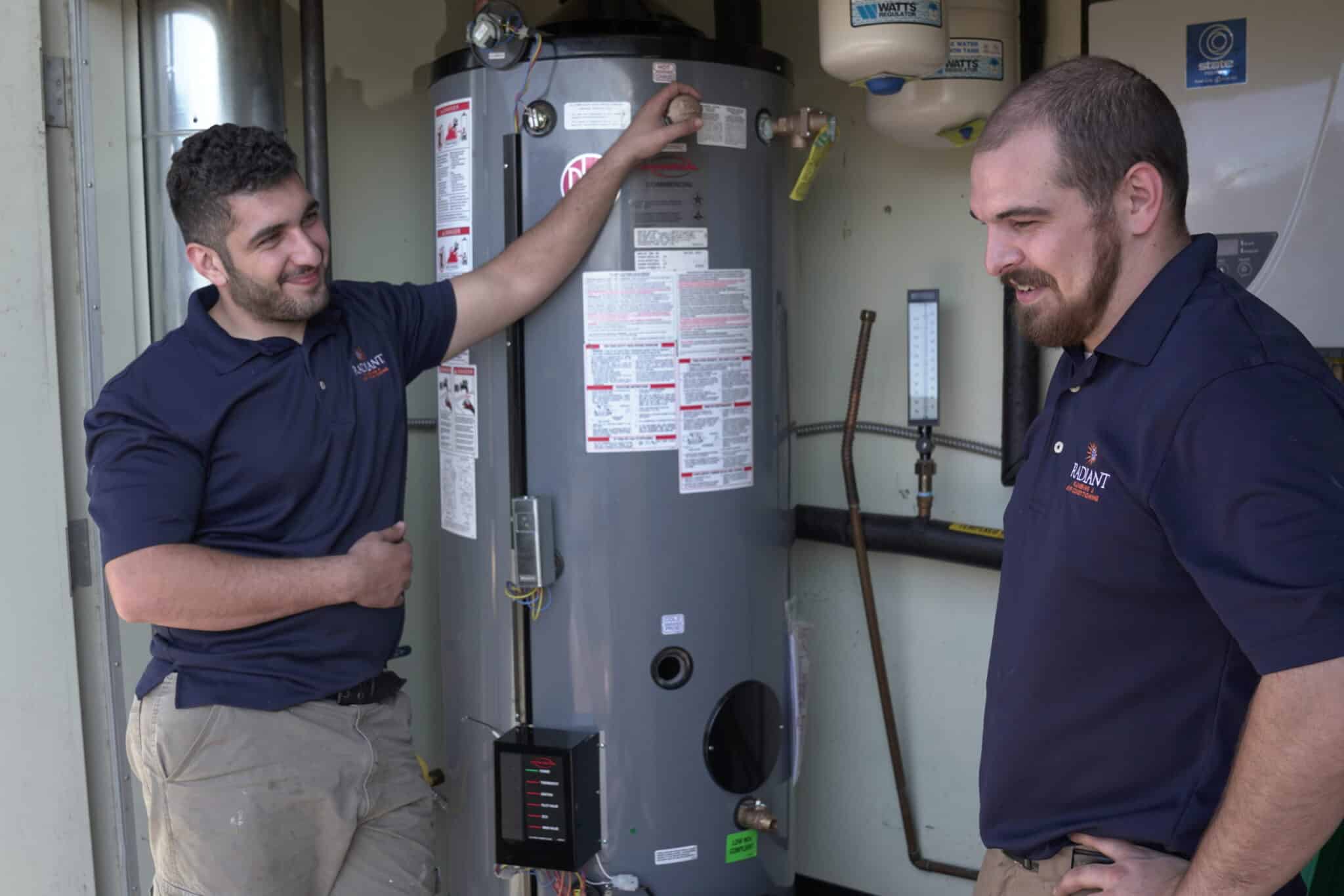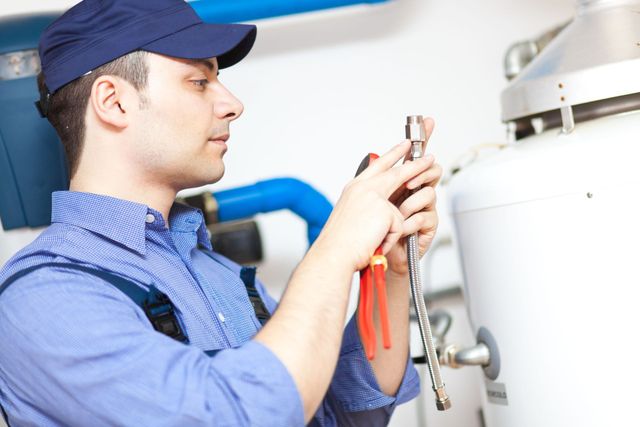How do you feel when it comes to Water Heater Maintenance Tips You Can't Afford to Forget?

Warm water is essential for everyday comfort, whether it's for a refreshing shower or washing recipes. To ensure your warm water system runs efficiently and lasts longer, regular maintenance is crucial. This article supplies practical ideas and understandings on how to preserve your home's warm water system to prevent disturbances and costly repair services.
Intro
Maintaining your home's warm water system could seem complicated, but with a couple of easy actions, you can ensure it runs smoothly for several years to find. This overview covers everything from comprehending your warm water system to DIY maintenance pointers and knowing when to contact expert aid.
Importance of Keeping Your Warm Water System
Regular maintenance not just expands the lifespan of your hot water system however additionally guarantees it runs successfully. Neglecting maintenance can cause lowered efficiency, higher energy expenses, and also early failure of the system.
Signs Your Hot Water System Requirements Upkeep
Recognizing when your hot water system requires attention can avoid significant issues. Watch out for indications such as irregular water temperature, strange noises from the heating system, or corroded water.
Recognizing Your Hot Water System
Before diving right into upkeep tasks, it's valuable to recognize the basic elements of your warm water system. Commonly, this includes the hot water heater itself, pipes, anode rods, and temperature level controls.
Month-to-month Maintenance Tasks
Routine regular monthly checks can aid capture minor issues before they rise.
Purging the Water Heater
Purging your hot water heater gets rid of debris build-up, boosting performance and lengthening its life.
Monitoring and Changing Anode Rods
Anode poles stop rust inside the storage tank. Checking and replacing them when worn out is essential.
Examining and Adjusting Temperature Setups
Readjusting the temperature level setups makes sure ideal performance and safety.
Do It Yourself Tips for Upkeep
You can execute a number of maintenance tasks yourself to maintain your warm water system in top condition.
Checking for Leakages
Consistently check pipelines and connections for leaks, as these can bring about water damage and greater costs.
Checking Pressure Alleviation Valves
Checking the pressure relief valve guarantees it works correctly and stops extreme pressure build-up.
Shielding Pipes
Shielding warm water pipes reduces warmth loss and can save energy.
When to Call a Specialist
While DIY maintenance is valuable, some problems require specialist know-how.
Complicated Issues Needing Professional Aid
Instances include significant leaks, electric troubles, or if your water heater is consistently underperforming.
Routine Specialist Upkeep Advantages
Professional upkeep can consist of extensive evaluations, tune-ups, and ensuring conformity with security requirements.
Conclusion
Normal maintenance of your home's hot water system is crucial for performance, durability, and cost financial savings. By complying with these tips and recognizing when to seek professional aid, you can guarantee a trusted supply of warm water without unexpected disturbances.
How to Maintain an Instant Hot Water Heater
Before tinkering with your hot water heater, make sure that it’s not powered on. You also have to turn off the main circuit breaker and shut off the main gas line to prevent accidents. Also turn off the water valves connected to your unit to prevent water from flowing into and out of the appliance. 2. When you’re done, you have to detach the purge valves’ caps. These look like the letter “T†and are situated on either side of the water valves. Doing so will release any pressure that has accumulated inside the valves while at the same time avoid hot water from shooting out and burning your skin. 3. When the purge valves’ caps are removed, you have to connect your hosing lines to the valves. Your unit should have come with three hoses but if it didn’t, you can purchase these things from any hardware or home repair shops. You can also get them from retail stores that sell water heating systems. Read the user’s manual and follow it to complete this task properly. When the hosing lines are connected, open the purge port’s valves. 4. You should never use harsh chemical cleaners or solutions when cleaning your unit. Make use of white vinegar instead. It should be undiluted and you’ll probably use about 2 gallons. 5. Now flush your water heater. This task should probably take about 40 minutes. We can’t give you specific directions for this because the procedure is carried out depending on the type, model and brand of your heater. With that being said, refer to the user’s manual. 6. When you’re done draining the unit, you have to turn off the purge port valves again. Remove the hosing lines that you earlier installed on each of the water valves. Put the valve caps (purge port) back in their respective places and be very careful so as not to damage the rubber discs that are found inside these caps. 7. Now that everything’s back in place, check your user’s manual again to find out how to reactivate your water heating system. 8. Once it is working, turn one of your hot water faucets on just to let air pass through the heater’s water supply pipes. Leave the tap on until water flows smoothly out of it. https://www.orrplumbing.com/blog/2014/september/how-to-maintain-an-instant-hot-water-heater/

We were brought to that article on Tips For Maintaining Your Hot Water Heater from someone on a different web property. Appreciated our entry? Please share it. Let another person locate it. Bless you for your time. Please check our site back soon.
Here